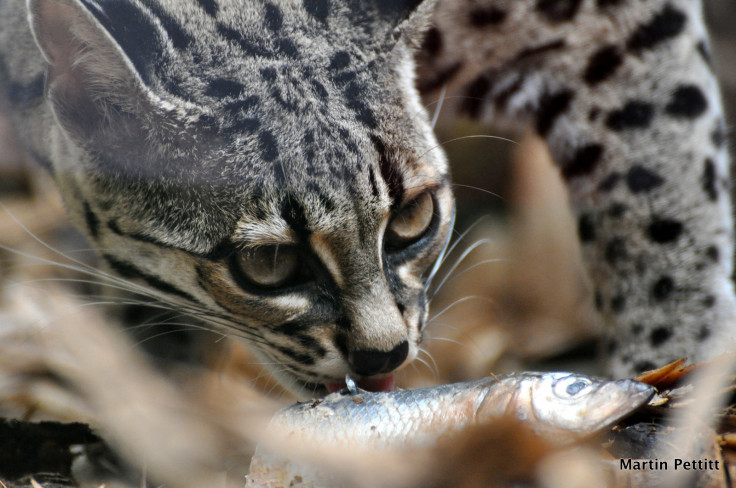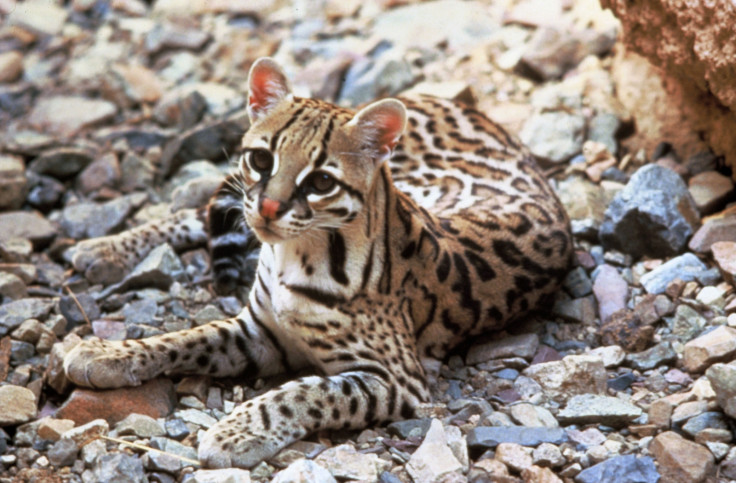Miniature wild cats get on well with their larger cousins in well protected forests
Adult oncillas can weigh as little as 1.5kg, and are sensitive to the nature conservancy status of their habitat.
Several species of spotted wild cats live in the same space in tropical forests, but a new study finds that they still manage to live harmoniously alongside each other and do not compete for their habitat.
The factor that had the most impact on where cats could survive was how protected their environment was from human interference, according to a study published in the journal PLOS ONE. The more an area of forest was protected as a nature reserve, the more likely that small spotted cats would thrive there.
"Before this study, it was thought that there was some competition going on between the species. It was a total surprise to find out that competition wasn't the main driver of distribution, but that human-related factors were," study author Mariana B Nagy-Reis of the Universidade Estadual de Campinas in Brazil told IBTimes UK.
The scientists looked at where ocelots, margays and oncillas were living – in an area of 35,000 hectares of what remains of the Atlantic Forest in Brazil. This forest used to stretch for 130 million acres – twice the size of Texas – but now 85% of it has been cut down.

Using camera traps and samples of cat droppings, they tracked where the three different species were living. The three kinds of cat all had relatively similar habitats and types of prey but differed in size. Ocelots usually weigh in between 8-15kg, margays are between 3-9kg, and the tiny oncilla is between just 1.5-3kg. The average domestic cat, for comparison, is about 4kg.
All of the species were sensitive to how well their habitat was protected from human interference. Small spotted wild cats are at risk of poaching for their fur. Ocelots are not endangered, according to the IUCN Red List, having been previously listed as vulnerable. Margays are classed as near-threatened. The tiny oncilla is classed as endangered.
Where the cats' environment is sufficiently protected in nature reserves, deaths due to hunting or poaching are rare, the authors write in the paper.

"This suggests that small felids can be sensitive to the area protection status, emphasising the importance of maintaining and creating reserves and other areas with elevated protection for the proper management and conservation of the group," the authors wrote in the paper.
"We believe that knowledge of these potential relationships will be useful for planning management actions towards the conservation of this key group in the Neotropical forests and helpful in clarifying the role of interspecific interactions on the occurrence of small felids, which could benefit our understanding of how small felids occur in other ecosystems worldwide."
© Copyright IBTimes 2025. All rights reserved.






















